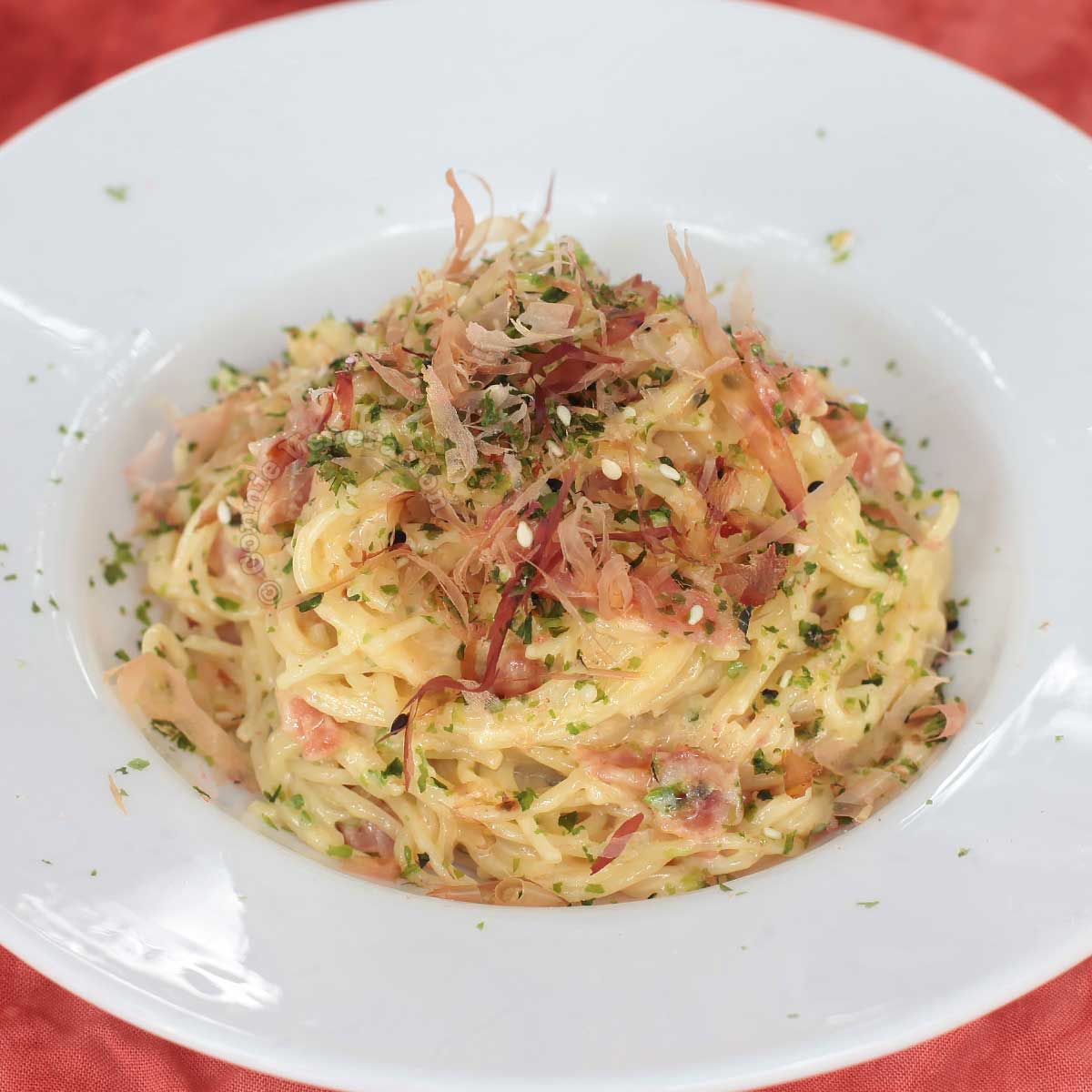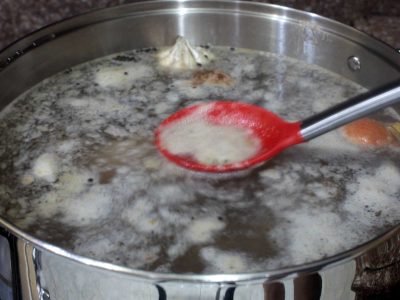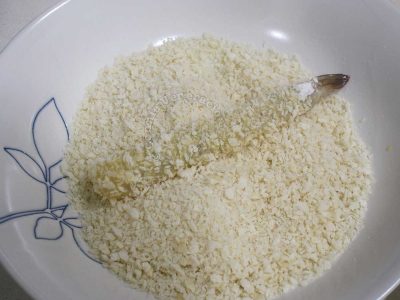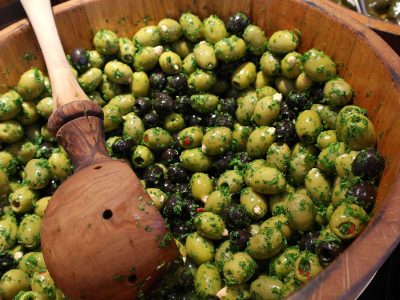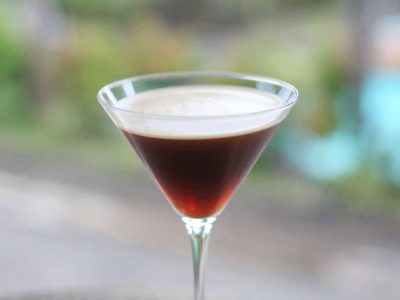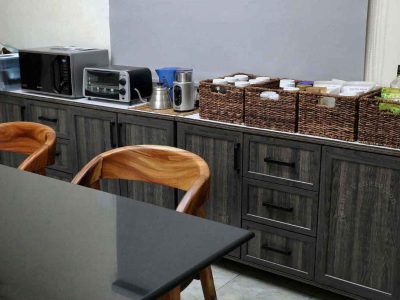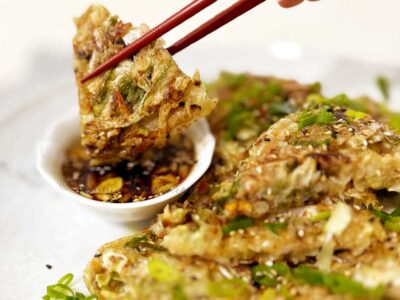We’ve been buying and using bonito flakes at home for over a decade. When it started appearing in groceries and supermarkets (Japanese groceries were not the norm here ten years ago), only one brand was available. Big pack or small pack, the content is the same. Ultra thin shavings of pink dried fish.
Then, I went to Japan and discovered two things about this thing that we call bonito flakes because that’s how they are labeled in the groceries here at home.
“Bonito flakes” is not always true katsuobushi
Katsuobushi is dried fermented skipjack tuna. Bonito is a different fish — a cheaper substitute for skipjack tuna. So, when you go to the grocery and pick up a bag of katsuobushi, it’s really hard to tell if you’re getting skipjack tuna or bonito.
How does fish get firm and hard enough that it can be shaved so thinly? It’s all about the process of making katsuobushi. The fish is filleted, poached, smoked and, for true katsuobushi, sun-dried and fermented. The entire process takes months. At the end of the curing period, the fish is free from moisture and hard enough to shave.
Katsuobushi comes in different colors and textures
I went shopping at Takashimaya in Osaka and I found myself facing shelves after shelves after shelves of shaved dried fish. I was so wide-eyed with awe. Pinkish, golden, some with strips of brown… Even the size and thickness of the shavings varied. Some were larger. Some were thicker…
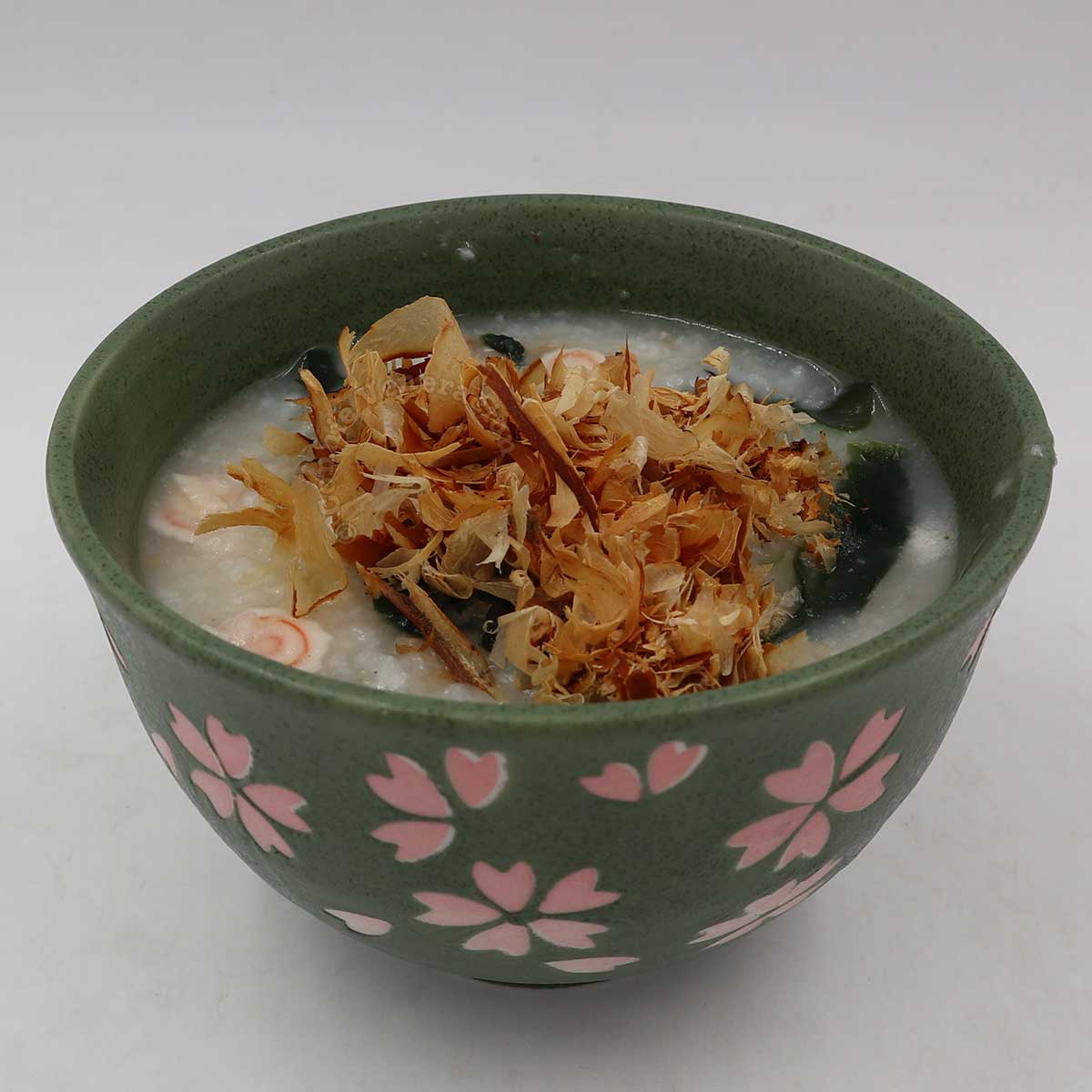
It wasn’t until I stepped into a shop at Nishiki Market in Kyoto a year later and chatted with the shop owner that I learned the why behind the difference in colors and textures.
- It turns out that the color has to do with the part of the fish used. The brown strips are the dark meat of the fish. The more dark meat in the flakes, the stronger the flavor.
- As for the difference in texture, the thicker shavings — rather tough to use used as garnish — go into the base of soups and stews while the finer shavings are more appropriate for toppings.
I don’t know if it’s too obvious to state but I’ll say it anyway: When we exited Nishiki Market, we were carrying two large bags of cooking ingredients that included three different kinds of katsuobushi.

